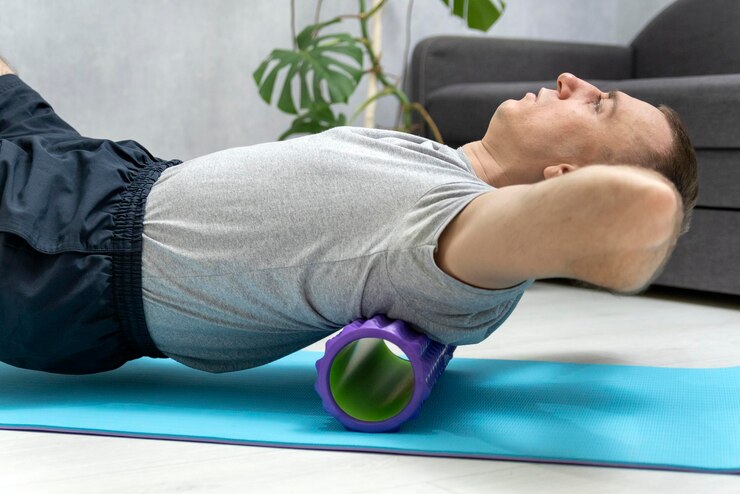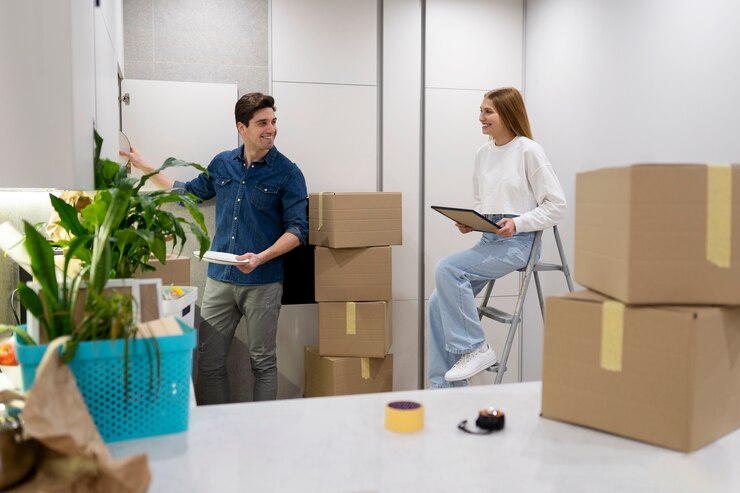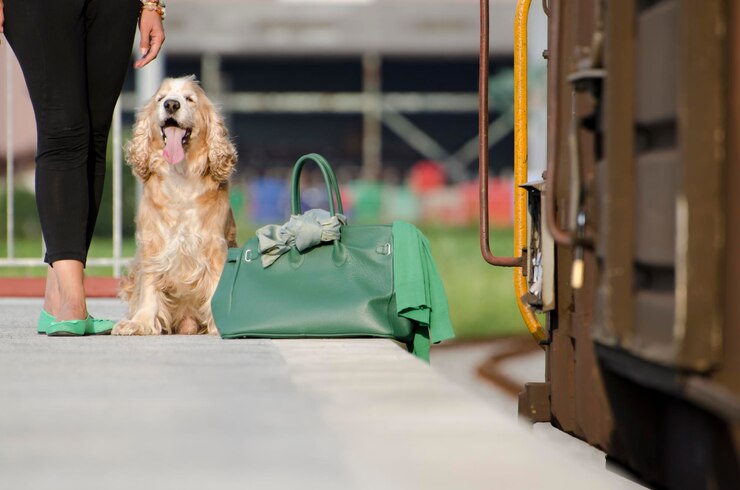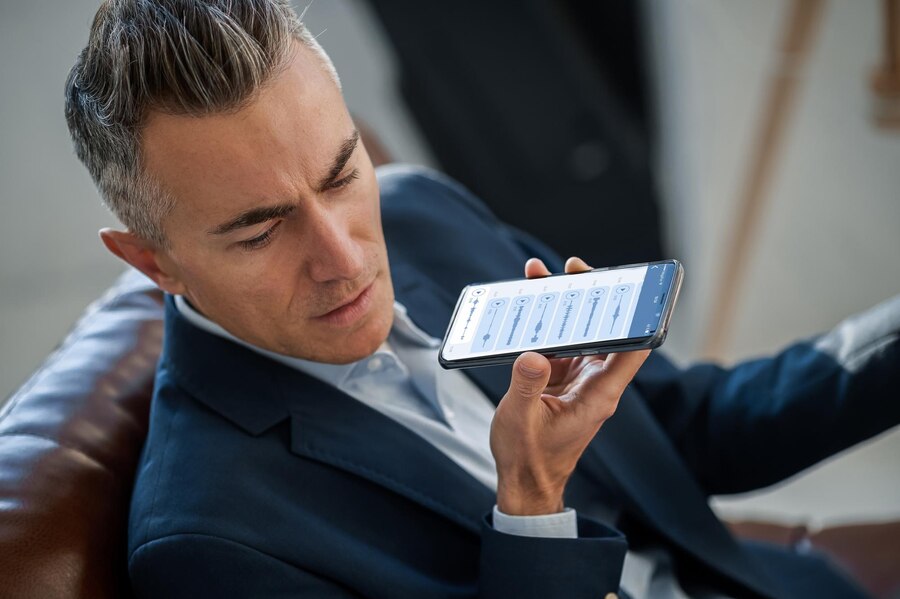Effective Relief Using a Back Stretching Device

Back pain is a common issue, affecting people of all ages and lifestyles. While many turn to pain relievers or costly therapies, a back stretching device can provide a straightforward, affordable solution. This tool uses controlled pressure and gentle extension to decompress the spine and relieve tension. By targeting specific areas in the back, users may experience enhanced mobility, better posture, and relief from chronic or acute pain symptoms.
Below, we’ll delve into the benefits, usage tips, types, and considerations of using a back stretching device for pain relief.
1. How Does a Back Stretching Device Work?
A back stretching device works by applying gentle, even pressure along the spine, promoting a slight, controlled extension. This action stretches muscles, ligaments, and tendons around the spine, helping to release tension and improve flexibility. Most devices are designed to target the natural curve of the spine, encouraging healthy alignment.
The pressure and extension achieved can help decompress spinal discs, which may relieve pressure on nearby nerves. For those who experience pain due to compressed nerves, this decompression provides much-needed relief. Furthermore, consistent use of a back stretching device can contribute to better posture by aligning the spine correctly, easing the strain on surrounding muscles.
2. Benefits of Using a Back Stretching Device
Using a back stretching device consistently can lead to several key benefits, making it a popular choice for those with chronic back issues or poor posture.
Pain Relief: One of the main reasons people use these devices is for pain relief. The gentle decompression helps alleviate pressure on the spine, providing relief from pain caused by tension or nerve impingement. This makes it ideal for individuals with conditions like sciatica or herniated discs.
Improved Flexibility and Mobility: Regular stretching with these devices can help users maintain and even improve spinal flexibility. By keeping the spine and surrounding muscles limber, it’s easier to move freely and avoid stiffness, which is common in sedentary lifestyles.
Enhanced Posture: Poor posture is a contributing factor to back pain. A back stretching device encourages the spine’s natural curve, helping users maintain better posture and reducing strain on the back, neck, and shoulders.
3. Choosing the Right Back Stretching Device for Your Needs
There are various back stretching devices on the market, each with unique features. Choosing the right one depends on your specific needs, pain areas, and comfort preferences.
Arch Stretchers: These devices have a gentle curve, supporting the natural shape of the spine. Users lie back onto the device, allowing their spine to extend. Arch stretchers are effective for daily use, as they offer a mild yet effective stretch.
Inversion Tables: Inversion tables work by allowing the user to hang upside down, which creates a gravity-based stretch for the spine. This method is effective for spinal decompression but may not be suitable for everyone, particularly those with heart or blood pressure issues.
Foam Rollers: Foam rollers are versatile, affordable, and easily used for stretching the back. Although not as targeted as other devices, foam rollers help release tension in both the spine and surrounding muscles.
Massage Stretching Devices: These combine stretching with massage, offering both muscle relaxation and spinal decompression. They may use rollers or vibrating components to provide a deeper massage as the spine stretches.
4. Tips for Safe and Effective Use
While back stretching devices can be beneficial, using them safely is essential to avoid injury. Here are some tips for effective use:
Start Slowly: Especially if you’re new to using a back stretching device, start with short sessions. Begin with a few minutes each day and gradually increase as your body adjusts to the stretch. This helps prevent strain and allows your body to adapt to the new movement.
Mind Your Posture: As you lie on the device, be mindful of your posture. Your body should be centered, and your back aligned to avoid any uneven pressure that could lead to discomfort or injury.
Listen to Your Body: Stretching should feel relieving, not painful. If you experience sharp pain, stop immediately and adjust your position. Over time, your body will naturally adjust to the stretch, allowing you to go deeper comfortably.
Incorporate Deep Breathing: Deep breathing can enhance the effectiveness of your stretch by promoting relaxation. Try inhaling deeply as you begin your stretch and exhaling slowly as you settle into it. This can help release tension in the muscles.
5. Common Conditions That May Benefit from a Back Stretching Device
Back stretching devices can offer relief for various back-related conditions, making them a versatile option for home pain management.
Sciatica: Sciatica pain, caused by compression of the sciatic nerve, can lead to pain radiating from the lower back down through the legs. A back stretching device helps relieve this nerve compression by gently stretching and decompressing the spine.
Herniated Discs: A herniated disc occurs when the soft material inside a spinal disc pushes out through the outer shell, often pressing on nearby nerves. Stretching the spine can alleviate some of this pressure, providing relief for those with disc issues.
Spinal Stenosis: Spinal stenosis is a narrowing of spaces within the spine, which can put pressure on the spinal cord and nerves. A stretching device offers a gentle way to open up these spaces, potentially reducing pain associated with this condition.
6. Are There Any Risks or Precautions?
While back stretching device can be helpful, it’s important to note that they may not be suitable for everyone. Individuals with certain health conditions, including osteoporosis, severe arthritis, or specific spinal injuries, should consult a healthcare provider before using a back stretching device. Additionally, people with high blood pressure or heart issues may need to avoid inversion-style devices, as these can increase blood flow to the head and put added pressure on the cardiovascular system.
When in doubt, it’s always wise to seek professional guidance, especially if you have any underlying health concerns. Proper guidance ensures that you can use the device safely and get the most benefit from it without risking injury.
7. How to Incorporate Back Stretching into a Daily Routine
Making back stretching a consistent part of your routine is key to reaping the full benefits. Here’s how you can incorporate it seamlessly:
Set a Schedule: Try to stretch at the same time each day, whether in the morning to start your day or in the evening to relax before bed. Consistency helps form a habit and ensures you experience cumulative benefits.
Combine with Other Exercises: Stretching your back pairs well with core-strengthening exercises and gentle yoga poses. Building core strength helps support the spine, while yoga provides a full-body stretch that complements the targeted stretch of your device.
Make It a Relaxing Experience: Play calming music, use essential oils, or incorporate mindfulness techniques during your stretching session. Making it a relaxing ritual can help you unwind and may even encourage you to stretch more often.
Final Thoughts
A back stretching device can be a valuable tool for those looking for an effective, at-home solution to relieve back pain, improve posture, and enhance flexibility. By understanding how these devices work, choosing the right one, and using it safely, you can make back stretching a beneficial part of your wellness routine.
Note: IndiBlogHub features both user-submitted and editorial content. We do not verify third-party contributions. Read our Disclaimer and Privacy Policyfor details.







